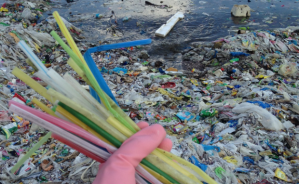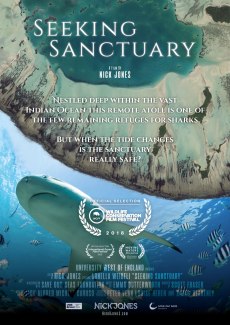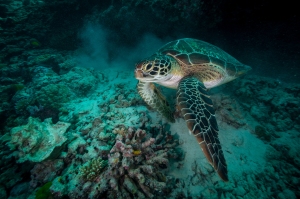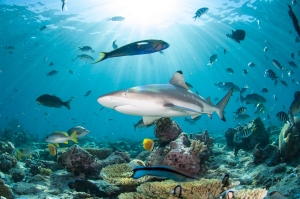“Introducing Physioshark|Baby Sharks and Climate Change” produced by Tom Vierus is an official selection to the 2018 WCFF.
SYNOPSIS: Second only to fishing pressure, climate change threatens shark populations worldwide. Increasing ocean temperatures and decreasing pH and oxygen will impact all marine life, but sharks may be particularly vulnerable. They grow slowly, take a long time to mature, do not produce as many young as other fish species, and therefore may be unable to adapt fast enough to keep pace with climate change.
The physioshark project – primarily based on Moorea, French Polynesia – has been investigating how climate change stressors affect newborn sharks since 2014. Because all 4.7 million km2 of French Polynesian waters comprise a shark sanctuary — the largest in the world – shark fishing/exploitation is banned. This provides a rare opportunity to study resident shark populations without their number one stressor. But, even the best-managed marine sanctuaries are not immune to climate change.
The physioshark team has characterized and been closely monitoring environmental conditions at 11 potential shark nursery areas around the island and have been executing field and laboratory-based experiments on newborn blacktip reef and lemon sharks to understand how they respond to environmental conditions they currently face. This has allowed the team to also model sharks’ responses to conditions predicted with climate change to understand how habitat availability may change over time and the sharks’ capacity to adapt. Beyond the experiments, the team has been committed to communicating about shark biology and conservation with local communities, schools, and via social media.
This short film introduces the physioshark project and documents the team’s efforts toward shark conservation.
The WCFF informs, engage and inspires wildlife conservation through the power of film. Join us for our eight year anniversary in New York, NY, October 18-28, 2018. Ten days of film screenings, panel discussions, receptions, field trips, networking, Virtual Reality and more.
Contact: info@wcff.org to join the planning committee. Sponsor the film festival, advertise on the big screen during the outdoor summer series and the October festival. Take a page in the full color program book to be distributed in Africa, Australia, China, Europe, India, North and South America.

Christopher J. Gervais, FRGS
Twitter: @CJGERVAIS
Christopher@WCFF.org
Wildlife Conservation Film Festival
October 18-28, 2018 | New York, NY
http://www.WCFF.org
Facebook.com/WCFForg
Twitter: @WCFF_org
Instagram: @wcff_org
Vimeo.com/wcff
LinkedIn: Wildlife Conservation Film Festival




















